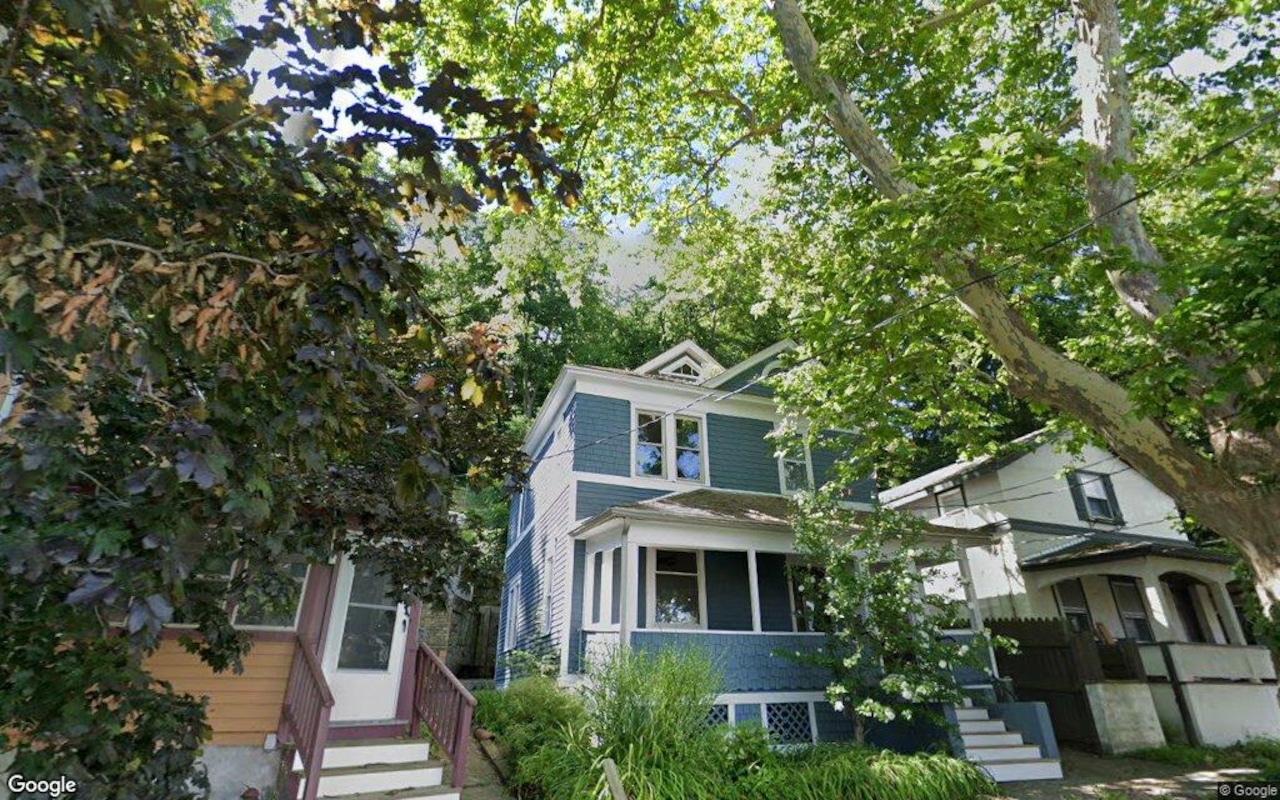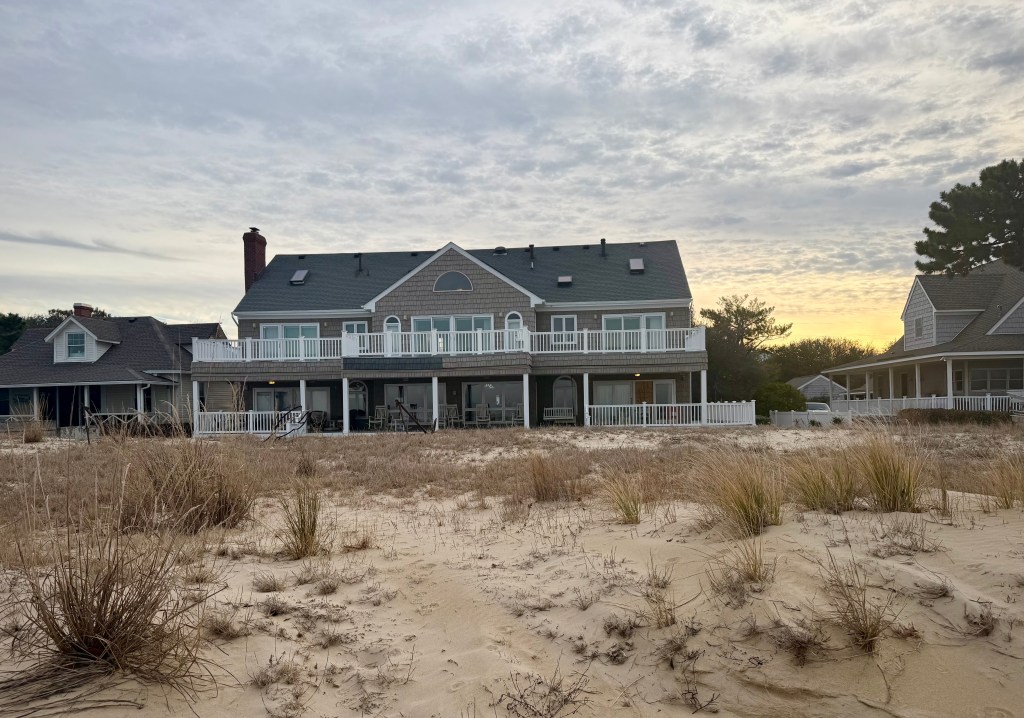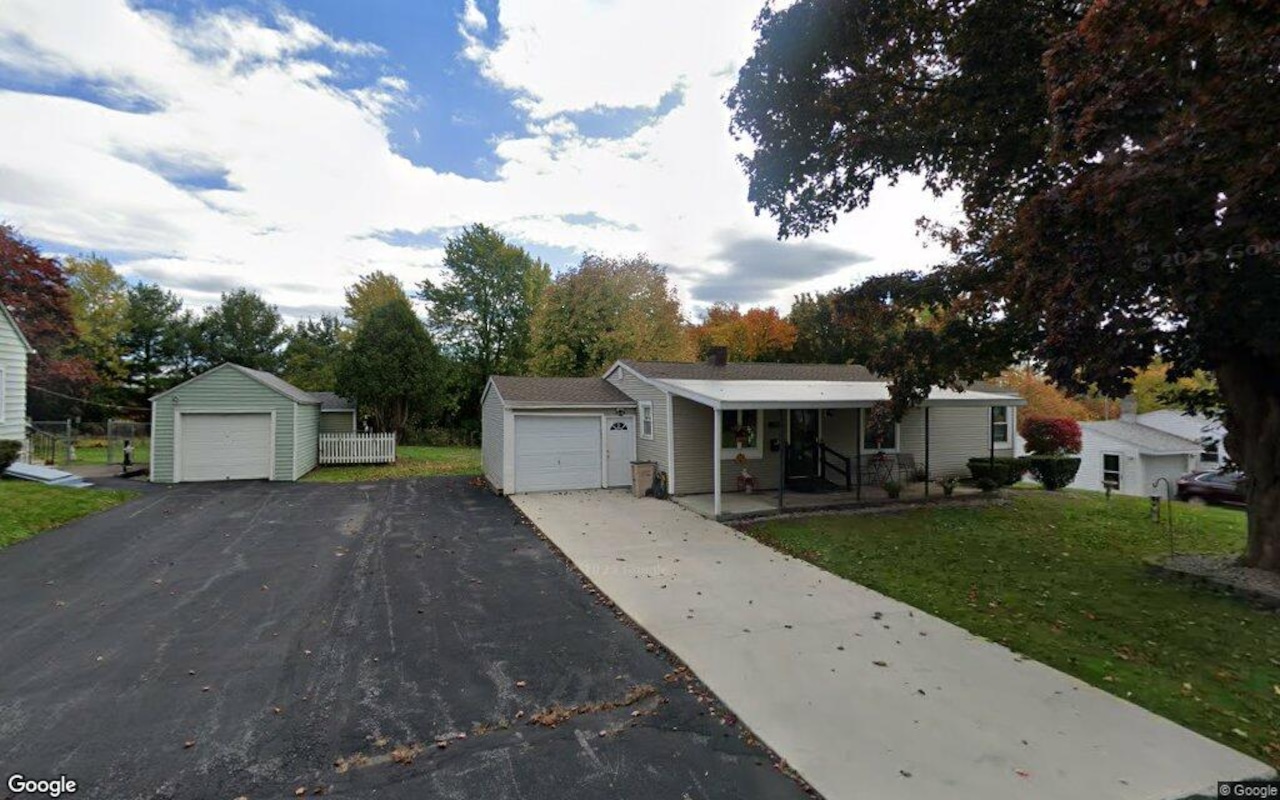T
enant improvements (TIs) are a significant aspect of commercial real estate construction projects, with costs rising due to various factors. According to Nick Till, business development/general contractor at Affordable Concepts, Inc., the main reason for this increase is that investors and users have a substantial impact on decision-making, leading to higher TI costs.
"What would have cost a tenant $500,000 five years ago will now cost a million," said Till. "There are many reasons for this, but as a business owner, I'd want to get the best bang for my buck." The escalation of construction costs and fierce competition in industrial, class A office, and retail spaces contribute to these rising costs.
Kevin Burke, CEO of Burke Construction Group, identifies two primary drivers behind the increase: escalating construction costs and intense competition. These changes are still tied to the 2008 recession and economic impact of COVID-19. Tenant improvement incentives have changed substantially across many CRE markets, with landlords trying to compete against each other, rising commodity costs, and increased permitting fees.
The top four reasons for skyrocketing TI costs include lingering supply chain difficulties from the pandemic, inflation and interest rates, labor costs due to a decreased skilled workforce, and supply and demand affecting material and labor prices. "A significant part of the costs is supply and demand," said Till. "Not just on materials and labor, but if there's a lot of work out there and general contractors are busy, you'll see a pricing or cost difference."
When there isn't much work available, TI costs remain relatively stable, while in times of high demand, prices increase due to competition for resources. Currently, Southern Nevada is experiencing low lease activity, with few signed leases across Clark County.
Landlords offer significant tenant improvement allowances (TIA) to attract tenants, often in the form of six to 12 months' free rent. However, tenants still pay TI costs upfront. Tenant improvements range from cosmetic changes to reconfiguring spaces and changing electrical and plumbing systems.
The landlord's goal is to recoup TIA costs within the lease terms while making a profit. A shorter lease will run the tenant more per month due to less time for the landlord to recover costs. "Not only does the landlord want to get improvements paid off, he wants to make some profit as he goes," said Greg Korte, business development at The Korte Co.
Tenants are looking for amenities and mixed-use projects, with a focus on higher and best use, better traffic, and qualified traffic. They also want flexible space, wellness features, energy efficiency systems, and seamless technology integration. Some tenants prefer turnkey solutions, where the developer provides a fully built-out space ready for occupancy.
TI costs vary by age of space, with generation one properties being brand new and having no existing TIs. Generation two spaces have been occupied and may require upgrades to mechanical, electrical, and plumbing systems. The impact of the evaporative cooler moratorium has also increased construction costs, particularly in industrial warehouses.
Improvements made to bring buildings up to code are required at the beginning of projects. Buildings less than five years old probably don't need significant code upgrades, but those 20 years or older may require extensive updates. The cost of construction has gone up considerably, with TI costs increasing by 15-30% per project, putting stress on commercial real estate and landlords trying to move tenants in.
"Costs aren't coming down," said Burke. "There's still upward pressure on construction costs, top of mind are tariffs, which tend to be inflationary, and we're starting to see that manifest itself in construction costs now." With a shortage of skilled workers and upward pressure on labor and materials, TI costs are unlikely to decrease anytime soon.















